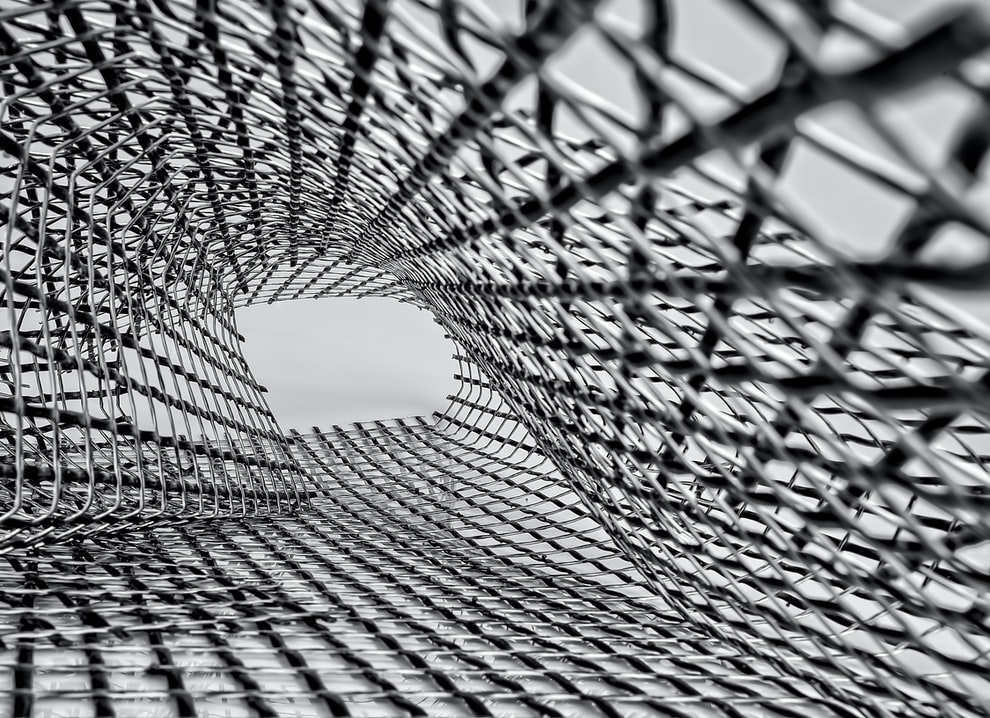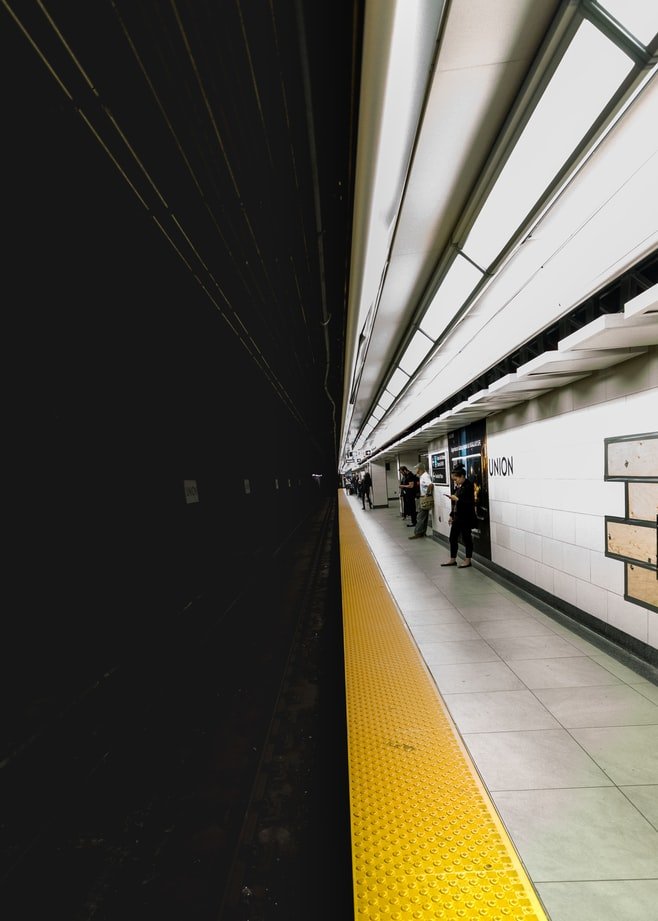“Photography is an art of observation. It has little to do with the things you see and everything to do with the way you see them.” – Elliott Erwitt
With the incorporation of higher-end cameras in devices like smartphones, photography has become much wider than it was in the earlier times when it was limited to cameras only and considered to be a costly hobby.
Nowadays everyone is having a camera on the back of their phones, which led to a steady increase in the number of emerging photographers thanks to the availability of such phones and in some cases even photography-specific smartphones at much cheaper prices compared to that of a regular DSLR or mirrorless camera.
Smartphones also turned out to be a great help to newcomers in this field as grasping the basic technicalities involved in photography became a whole lot easier when it came to such devices. Their easy to understand interface and pre-loaded adjustments changed the way photography was used to be experienced when in the earlier stages.
This brings up the question: is this all that takes for a beginner to transform into what is considered to be a real photographer? One having proper understanding and experience about the elements and principles which are involved in the creation of captivating images? To put it simply, no.
Photography is an art form and as with all kinds of art forms, it constitutes various elements. It might not be something that is immediately going to pop up in your mind while shooting photos but it’s something to keep in mind while shooting to attain the absolute best of your photographs leading to an improvement in their looks and feel.
There is indeed no limit to the number of factors or techniques which you can utilize while shooting as along with experience and proper observation there are countless ways to adapt to different situations obtaining the same kind of image in many ways.
Here we are going to do an in-depth discussion about the seven basic & most important elements of photography. After going through these you might also realize that you utilized some of the following while shooting without even knowing about it, once you gain proper knowledge about these elements and learn about how to use them on the field then you will not be having any kind of problem while looking for these in your frame.
Making use of these elements while having an idea about the outcome can lead to the creation of wonderful images even from ordinary subjects in your nearby surroundings.
Now we will be going through the following elements while discussing each one of them in particular and its importance.
Aspects of Photography: 7 Most Important Key Elements
After having appropriate knowledge about these you will automatically start to notice their presence in your surroundings. This could lead to a vast improvement in your photographs once you are familiar with the process of implementing these while shooting.
Now let’s start from the beginning of the list.
Lines

Being human beings, we are accustomed to observing the world in a specific way which we have done since the beginning. But as a photographer, you need to start looking at the world in various types of ways. A line is one of the most important parts of basic geometry and composition, lines can lead to the formation of shapes, textures, and patterns.
Being a photographer, you need to observe your surroundings in the form of lines, shapes, and the patterns which it is forming.
Lines play a pivotal role in determining the feel and emotion of your photos. Comparatively thinner lines represent a sense of vulnerability and fragility while thicker lines represent a sense of boldness and dominance. These can also be classified into multiple types such as curved lines, which tend to represent things being related to nature and evoke a sense of fluidity.
Diagonal lines are also utilized when the viewer is needed to be guided to a specific spot in the photograph. Clever usage of lines in your photographs will certainly draw the attention of the viewers towards them.
Shapes

The meeting of lines at various points leads to the creations of shapes. Shapes are very helpful as they create a sense of space and medium in your photographs. Many different types of shapes can be incorporated while shooting, some of the commonly used shapes beings circles and variations of rectangles and triangles.
The technique of implementing shapes in your images is not some kind of process having a specific set of steps that you need to follow during all the situations.
What matters is your creativity, observation skills while looking at your frame, and the ability to improvise while in different kinds of situations.
Using creative techniques such as silhouettes can also lead to the creation of stunning images if applied properly at the right time and location.
Texture

The texture of your photographs comprises of the various kinds of details found on the surface of your photographs. The texture is the element that plays one of the most important roles in transforming your image into a much more realistic one.
When combined with proper lighting it can generate a 3-D look to your images and you will be able to obtain photographs that feel much more alive to look at leading to a pleasurable viewing experience.
Color
Color is described as the ‘aspect of things that is caused by differing qualities of light (described by factors such as saturation, hue, and lightness)’. Colors play a major role in differentiating between the different parts of your images, they also play the most important role when it comes to defining the mood and theme of your images.
Proper usage of colors is of paramount importance, especially while editing your photos. Even slight variations in the color combination can ruin the established mood of the images leading to a dull experience while viewing them.

Colors are categorized into numerous categories based on the mood which they create in the scene. Warm colors such as red, yellow, and orange are utilized while showcasing a lively and energetic scene. Some examples include sunrise and sunsets.
On the other hand, cool colors such as blue, green, and purple are utilized while evoking an atmosphere of calmness and serenity, it’s also used while inducing a mood of grief and despair. Then comes the zero saturation, black and white imagery in which all the colors are muted to focus the attention of the viewer on the subjects while creating a dramatic effect and a sense of timelessness.
Choosing the right color adjustments is of extreme importance as it the key factor in manipulating the emotion and mood of your images which would make them stand out amongst the crowd.
Composition
While shooting we always try to exclude the objects which we do not want in our frame and only include the elements which are necessary for that particular scene as adding unnecessary elements can disrupt the aesthetic of the image, this is called composition.
The composition consists of deciding what is necessary for your frame and what is not, it’s not a factor that is to be ignored as an image with bad composition can distract the viewer away from the main subject because of the unwanted elements in the image.

To prevent this, we should make sure that the subject stays in a place where it’s able to draw the attention of the viewer without any kind of disruption. One of the most commonly used techniques to achieve this is the ‘rule of thirds’. Nowadays devices are already incorporated with grid options to make this process a whole lot easier.
The composition is not a kind of topic that can be summarized into a single paragraph, there is only one way to master it and that’s to keep on shooting and learning about newer tricks from your own experiences.
Light

Light is considered to be one of the most important elements of photography. The word itself, photography consists of the Greek word photos which means “light”. Light is a factor that is often ignored while on beginner stages, this is not a mistake that you should be making while being on any kind of stage.
A good photograph is impossible to attain without proper lighting.
There are various ways of manipulating the light in your frame, along with the natural factors such as time, location, and weather, it can also be altered by the use of artificial means such as front lighting and backlighting which affects the exposure of your final image. It can also be used to give an artistic look to your images such as the creation of silhouette images.
Lighting also comes to your rescue while facing conditions when the image turns out to be overexposed or underexposed, situations like these can be faced on two kinds of situations: underexposed while having conditions with little to no light and overexposed while being on outdoor places facing a large amount of direct sunlight.
These kinds of situations can be easily prevented, not by the usage of expensive equipment but with the clever implementation of lighting.
Perspective

While being on a shoot one of the habits which you need to change is maintaining the same stance in all sorts of situations. It’s indeed the most common stance used by photographers but to create images that appear to be unique, you need to show your subjects from a different viewpoint, not the usual way in which everyone sees them.
Take a look at your subjects from various angles and see what makes it stand out, shooting your images in this way can create a huge change in your images. The image which first appeared to be just another usual shot might turn into something which you never even imagined while looking at it.
Perspective also plays a huge role in determining the mood or the tone of your images too, a typical and leveled image is might not be able to convey the level of grandeur and dominance which can be achieved by taking the same photo while being on a lower angle. Never be afraid to lie down at times or to get up on places higher than the ground level while looking for newer angles.
The key to attaining great composition is nothing but to keep on experimenting with different types of perspectives and adapting to the situations which you might face.
Once you fully understand the meaning and use of all these elements, you will certainly be noticing a vast difference in your images. Always remember that in a field like photography, practice is the key to attain perfection and what you need to do is to go out and capture images, understanding the elements might appear to be somewhat complex at first but once you get used to it then you will automatically notice about their existence in your surroundings.
This will help in creating a change in the way you observe your subject and that is exactly what leads to the creation of astounding photographs.
Make sure that your camera always stays by your side so you would not be missing out on any kind of opportunities, keep on trying to experiment with your work whenever you get the chance to. Improvement cannot be achieved just by going through tutorials and guide books but only with proper experience and understanding.
You see, “practice makes a man perfect”. Once you get used to the process of implementing these elements in your daily shots then the subject in front of your lens won’t matter as a meaningful and thought-provoking image can be created just out of anything which you see ahead of you, and once you achieve the perfection, you can spread the word an be an inspiration to other photography enthusiasts hustling out there.



